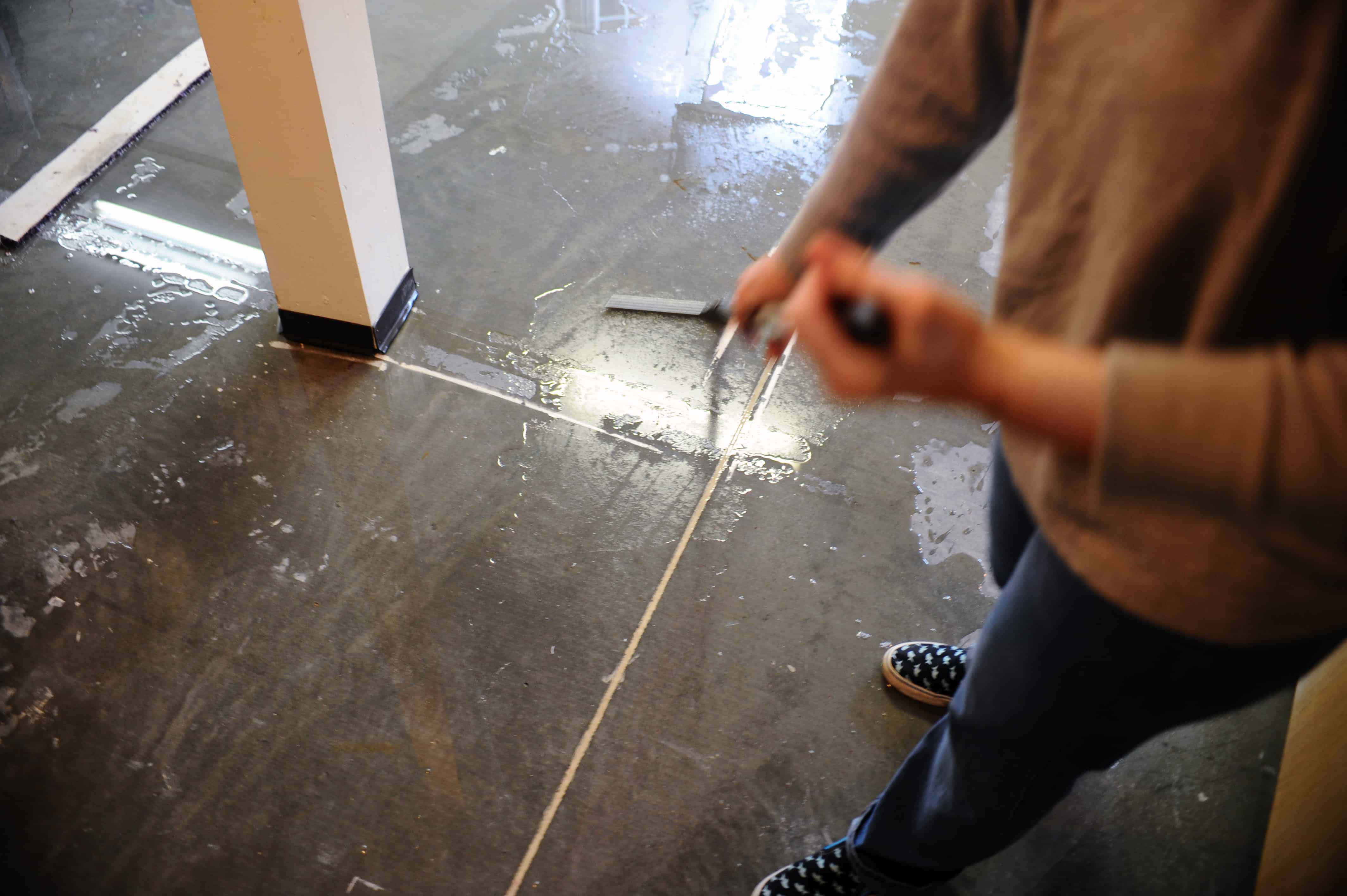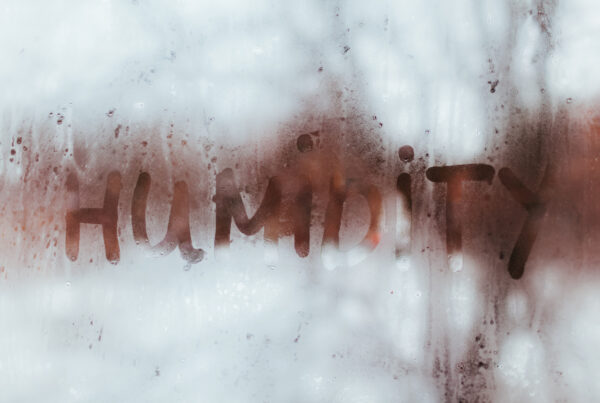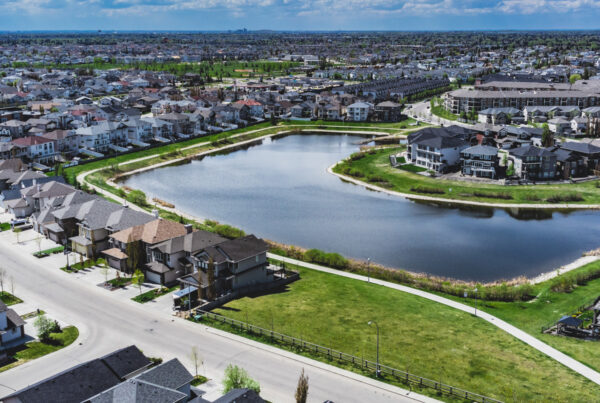Not only are leaky basements smelly and gross, but they also pose a huge risk to your home’s value. Basement moisture can ruin your floors and walls, encourage mold development, and even cause damage to your roofing. Some fixes are easy. But many homeowners struggle with understanding basement leaks where wall meets floor, and with finding a solution. In a previous article, we discussed rain leak solutions. This article, however, focuses on a specific type of leak: cove joint seepage. We help you find solutions for basement leaks where wall meets floor, and how you can go about solving the issue.
Basement leaks where wall meets floor
To understand why your basement leaks where the floor and wall meet, we have to go back to when your basement was built. Typically, builders pour a concrete footer and allow it to dry. Then, they build the walls on top of the concrete footer. Lastly, they pour the basement floor on top of the footer’s edge and against the basement wall. According to U.S. Waterproofing,
“because the new concrete doesn’t bond to the old, the footing and foundation are still two separate pieces and there is room between them for water under pressure to pass from saturated soil to the inside of the foundation wall.”
This is called cove joint seepage. The small space between the floor and the foundation is a “cove joint” and is an extremely common source of basement seepage.
How to repair cove joint seepage
Sadly, there is no way to fill the cove joint, but there are a few options to drain the water and keep it out of your home.
- Install an outside footer drain. An effective and long-lasting remedy for cove joint seepage is to find a way to relieve the underground water pressure. Installing a footer drain tile system will help to drain away the water that is the root of the problem. A footer drain requires excavating the outside soil away from the perimeter of your home, then cleaning the foundation of any dirt or loose gravel. Next, the foundation receives a waterproof coating. Then the new footer drain tile system is installed. For this remedy to work successfully, you must have a “lower” area of ground for the water to drain to. A professional would be able to assess your home and establish if this is the most effective approach to solve the problem (B-Dry).
- Install an interior drain tile system. Another effective remedy for basement leaks where wall meets floor is to install an interior drain tile system. This is similar to the exterior solution, but with some adjustments since this occurs indoors. To install the interior system, a trench is cut into the concrete floor around the basement perimeter. The basement walls are drilled into so the water can drain, then the interior walls are sealed and the floors are re-cemented.
Photo under the Creative Commons 2.0 license





